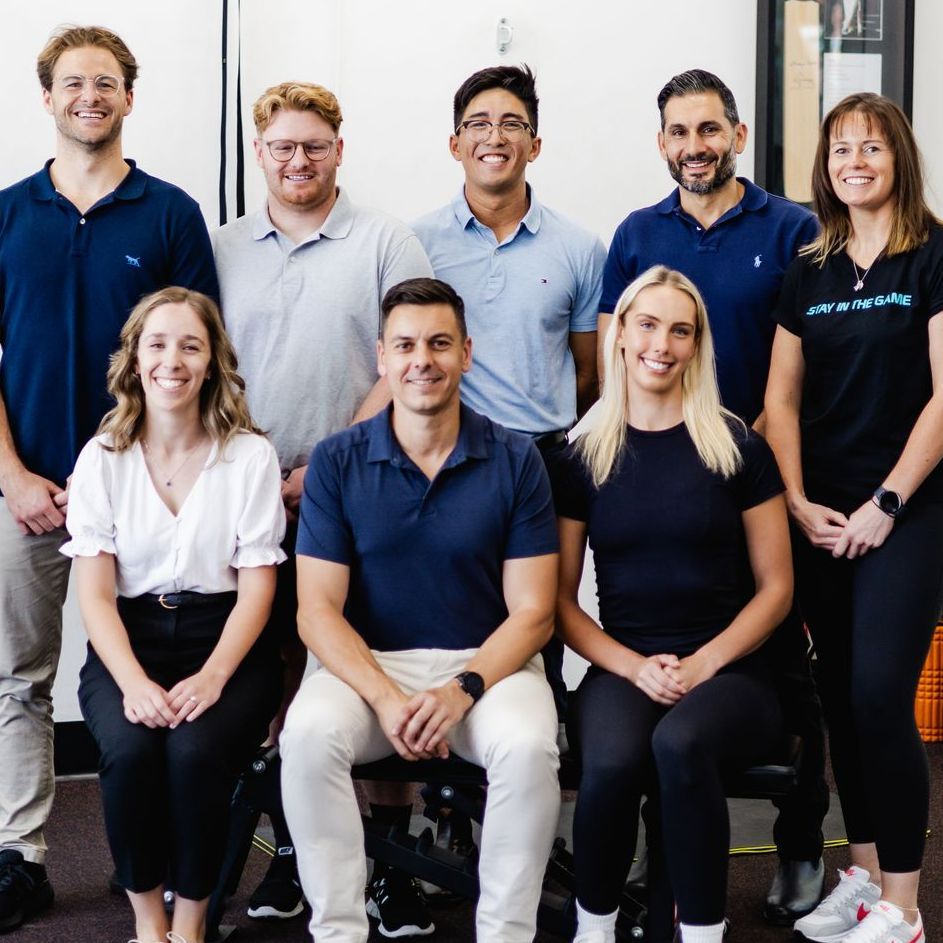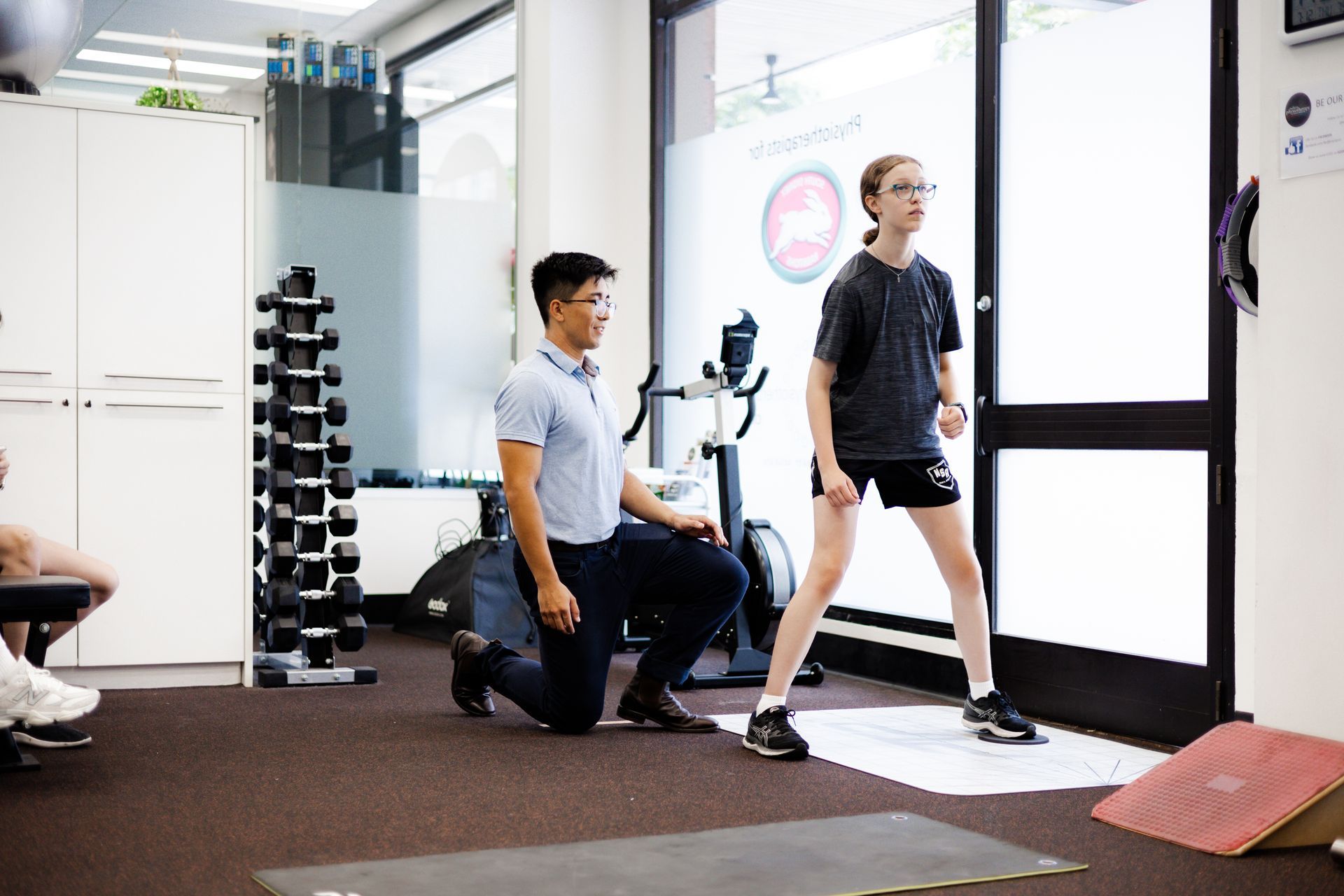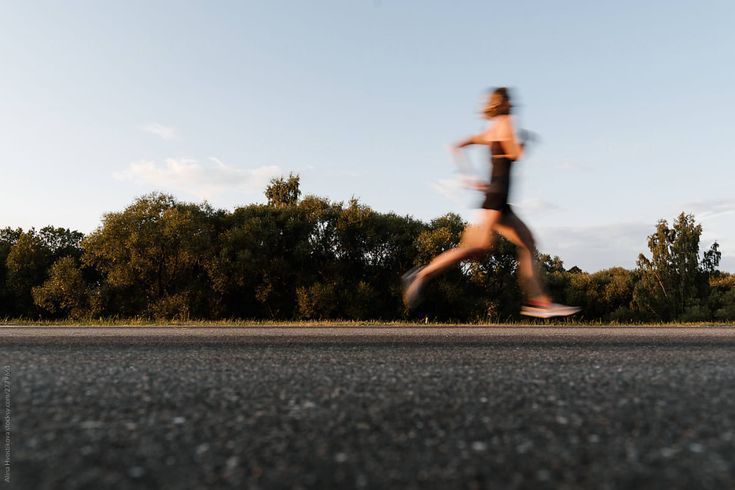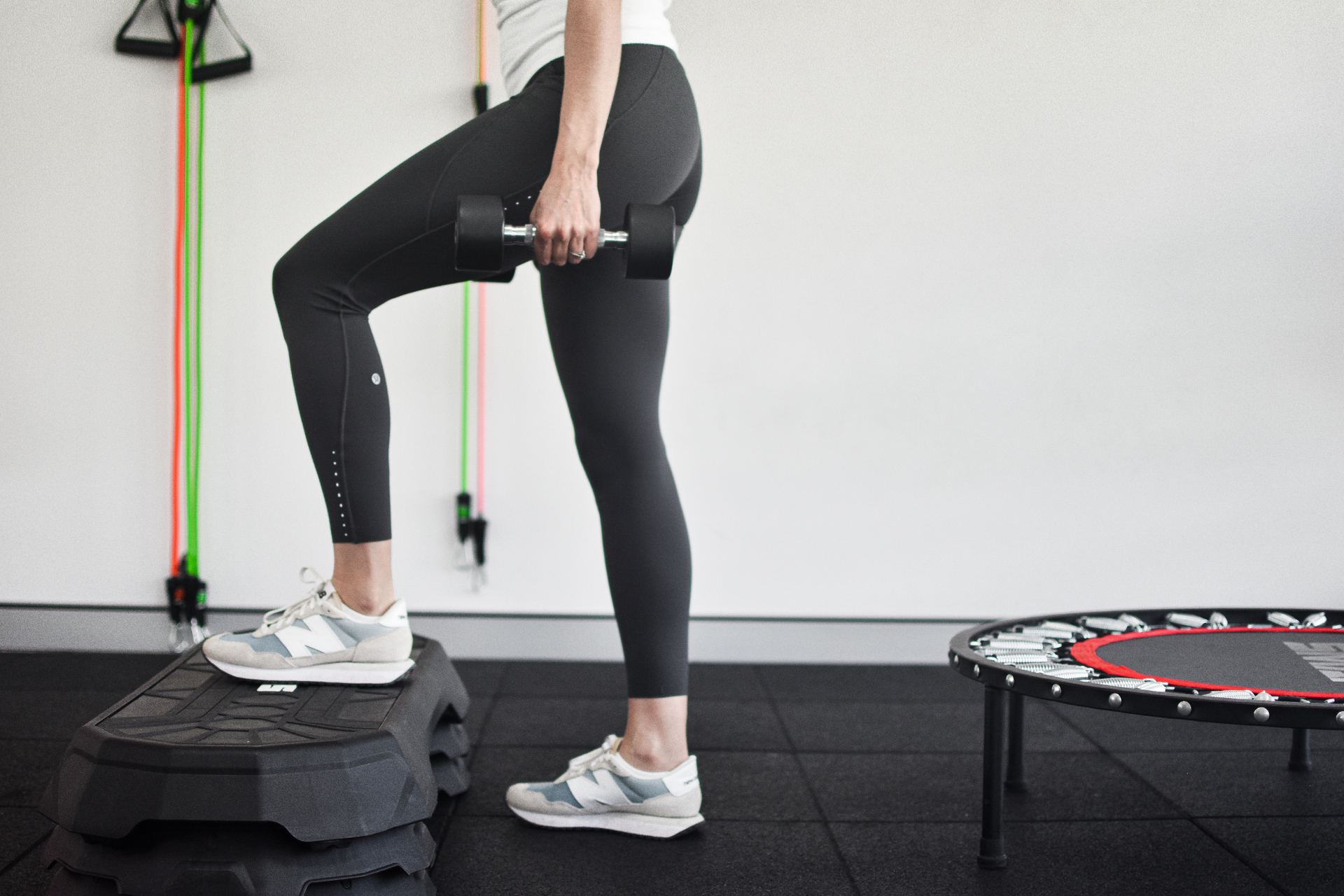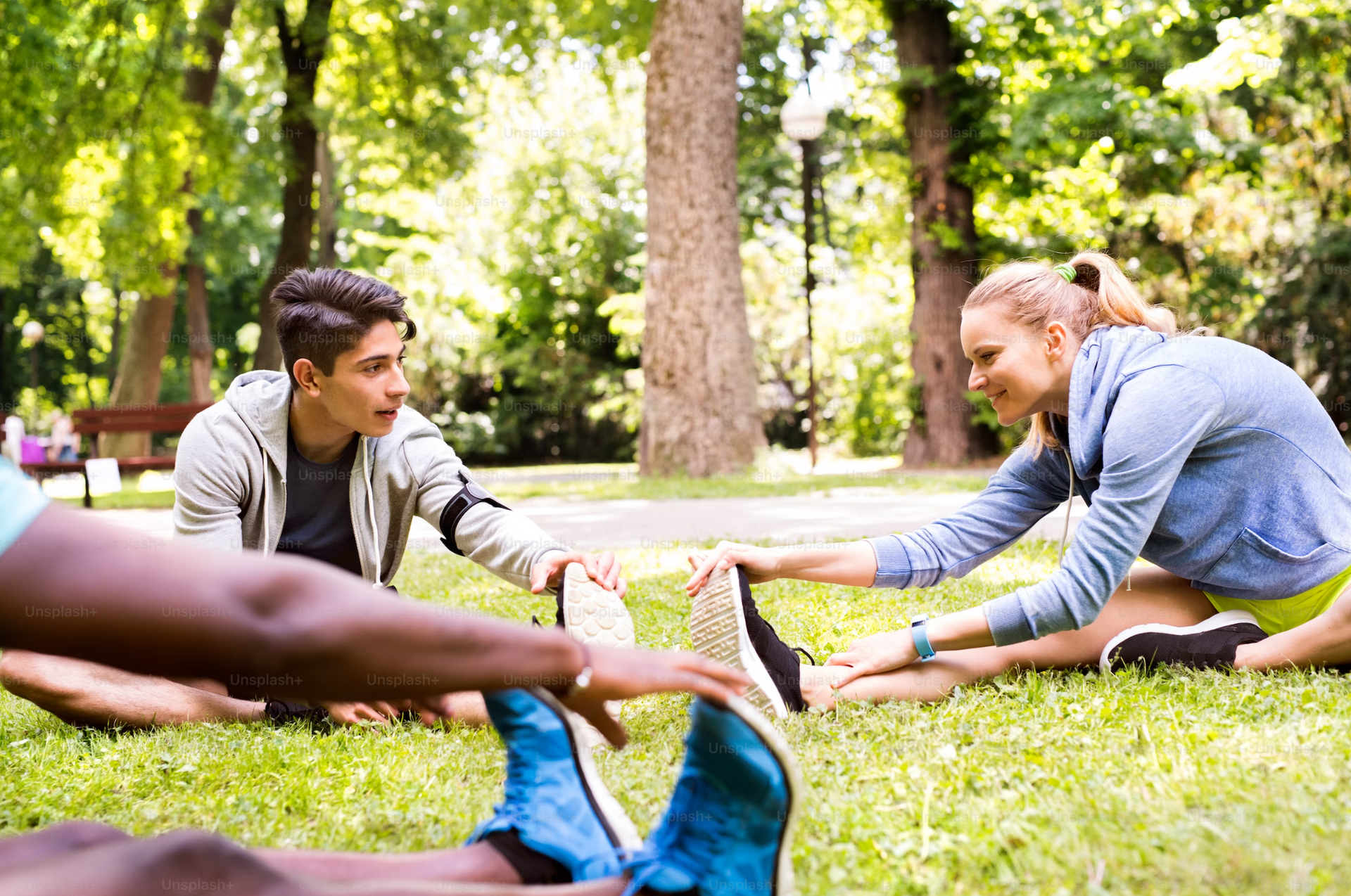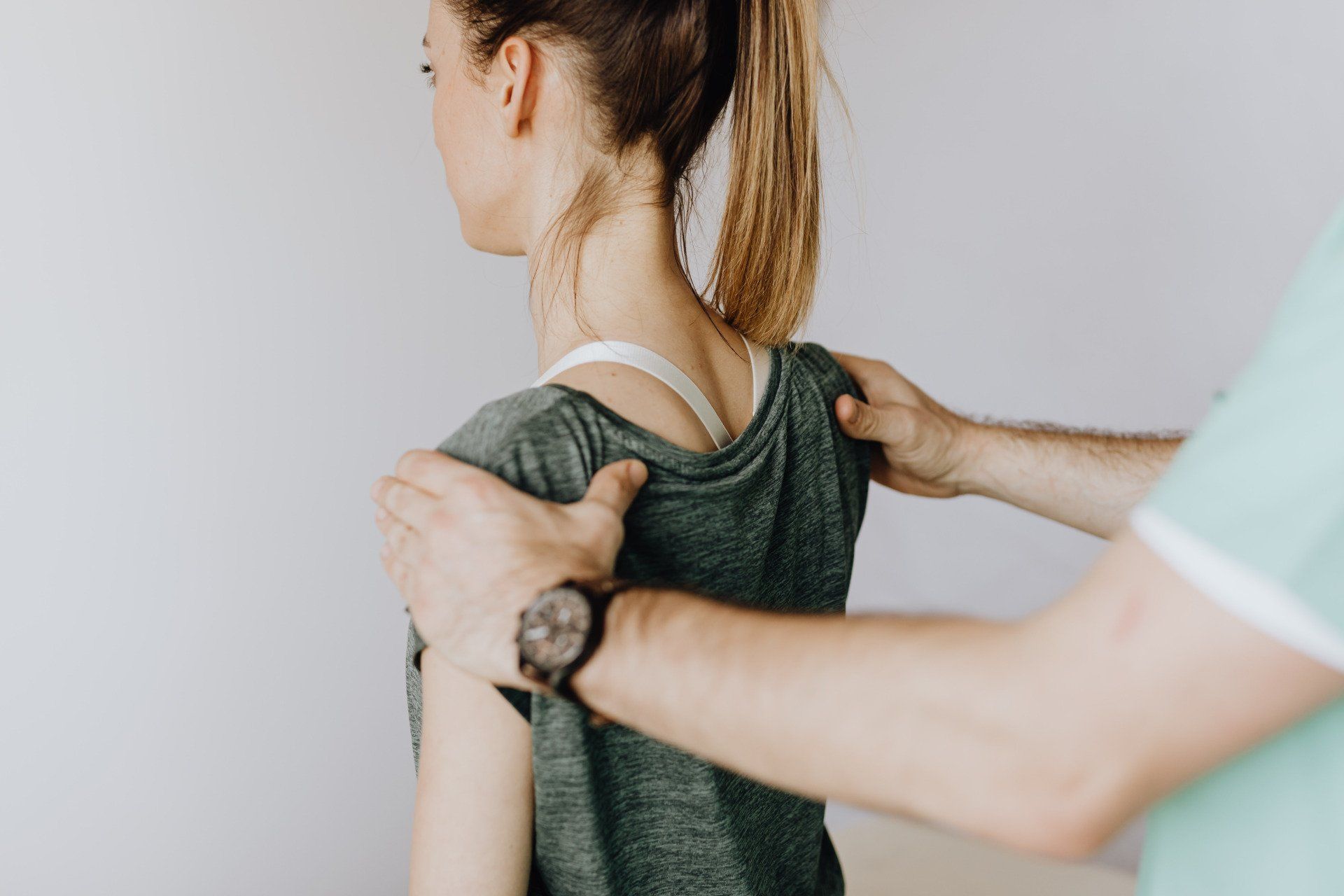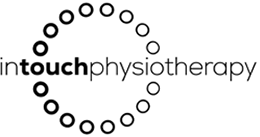Plantar Fasciopathy – This one simple exercise can help heel it!
Plantar Fasciopathy
Do you wake up every morning and dread taking that first step when getting out of bed? It may feel like you are walking on a continuous line of thumbtacks and this quickly starts your day on the wrong foot (pun intended).
You notice that the first few steps are always the worst but then it slowly improves with activity as it warms up. The pain will start under the heel in your foot or in the arch after you have rested the feet all night. The lifetime prevalence of obtaining this injury is as high as 10% – That is a quite a large number of people who will be affected by this at some point.
Where does the pain come from?
A thick fibrous band of connective tissue called your plantar fascia (PF). It originates on the medial (the middle) aspect of your calcaneus (heel bone) and extends along the sole of the foot before inserting at the base of the toes. It supports the arch of your foot to prevent flattening. When your PF develops micro tears or becomes inflamed, this is known as plantar fasciitis.
What are the causes?
Unfortunately, no one really knows the answer to this question. There have been numerous studies performed over the years, but the findings remain fairly inconclusive. All we do know is that Plantar Fasciitis is thought to be a traction and overuse injury where the PF has been repeatedly overstretched.
This can be due to weak foot stabiliser muscles (the intrinsic foot muscles) and poor foot biomechanics, which causes overpronation. If the muscles in your feet are weakened, then an excessive force is transmitted to other tissues such as your PF. The pain will then arise if the tolerance of your PF is exceeded.
Could my running technique be causing me the pain?
It is a common assumption that the repetitive impact caused by landing on your heel when running is what causes Plantar Fasciitis. However, one study has shown that the high impact forces that occur when you overstride (poor running technique) can be a contributing factor in developing the condition.
From our experience with athletes, we have found that landing on your forefoot with your foot in front of your body is a likely technique-related cause for Plantar Fasciitis. Often runners make the mistake of intentionally trying to land on their forefoot or midfoot when they are running. This causes dropping of the forefoot but a stiffening of the foot, which quickly overloads the plantar fascia, calf muscle and Achilles tendon.
Research suggest that ideal landing is when your foot lands close under your body/hips and for your foot to be relaxed when it lands. However, if you run in cushioned, well supported shoes then you are more likely to contact the ground heel first (heel-striking). As long as your foot is under your body, then the impact and stress on the PF is significantly reduced compared to landing with the foot in front of the body. Now we know the cause, let’s look into the question you really want to know….
How do you fix it!
You might have tried a combination of orthotics, massage , new shoes, plantar specific stretching, complete rest from exercising or a number of other popular recommendations found on Doctor Google. These interventions will provide some relief but there are a high percentage of you that will still have symptoms for up to 2 years after your initial diagnosis. If those approaches haven’t worked, then it’s time to try something different: Progressive loading.
Recent evidence suggests that high load strength training has been placed superior to that of PF stretching in improving heel pain. Progressive loading strengthens the PF, connective tissue and foot muscles. Book an appointment with your physiotherapist to begin loading at an optimal range for you (every case is different and you might delay recovery if you load too heavy too soon). A usual starting point will begin with heel raises.
Toe Elevated Heel Raises
Place a rolled-up towel under the toes to stretch the PF, especially at the top of the heel raise. Start the exercise with both feet and then progress to one if that’s too easy. To decrease the risk of symptoms flaring, start loading with 12 repetitions for 3 sets and gradually work down to 8 repetitions for 5 sets.
Each heel raise should consist of a three-second concentric phase (going up) and a three second eccentric phase (coming down) with a 2 second isometric phase (pause at the top of the exercise). They need to be performed slowly and completed every day. To progress the load you can wear a backpack with books which will then involve decreasing the amount of reps but increasing the sets.
It is common to experience mild pain when completing this exercise. However, pain should be no higher than 3 on a 10 scale (10 being the worst pain imaginable). If you have a flare up in pain don’t stress, you may have over worked it. Next time adjust your reps, sets or weight.
Some individuals are lucky enough to continue running whilst rehabbing their PF, but others may need to cease training for a short while. Check in with your physiotherapist today to see what will work best for you in giving you the quickest reduction in pain.



